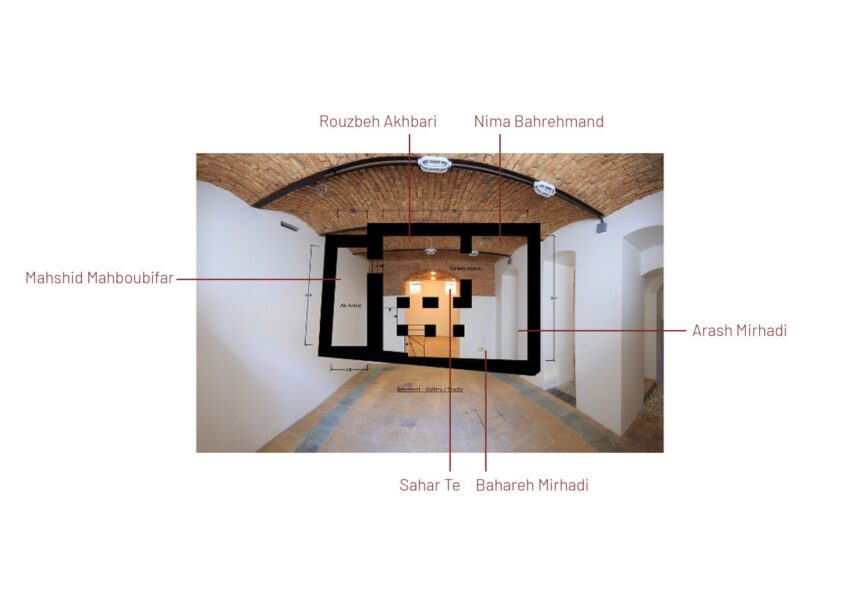Curator: Foad Alijani
Exhibition artists:
Arash Mirhadi
Bahareh Mirhadi
Mahshid Mahboubifar
Nima Bahrehmand
Rouzbeh Akhbari
Sahar Te
May 20th until June 10th, 2022
Pejman Foundation: Kandovan building
Arash Mirhadi
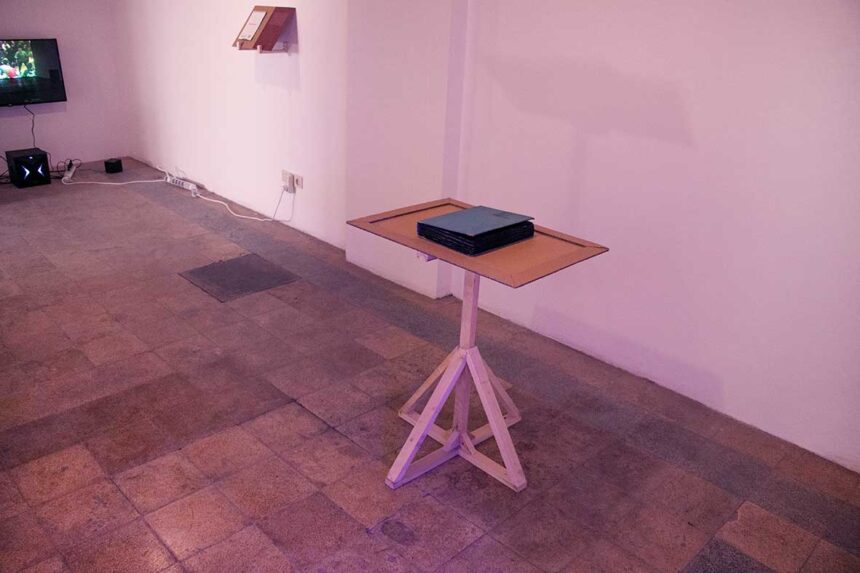
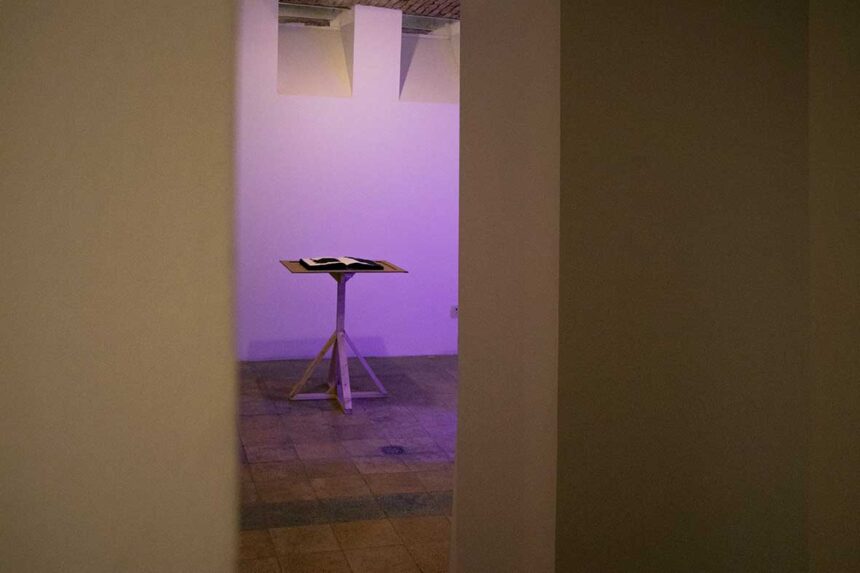

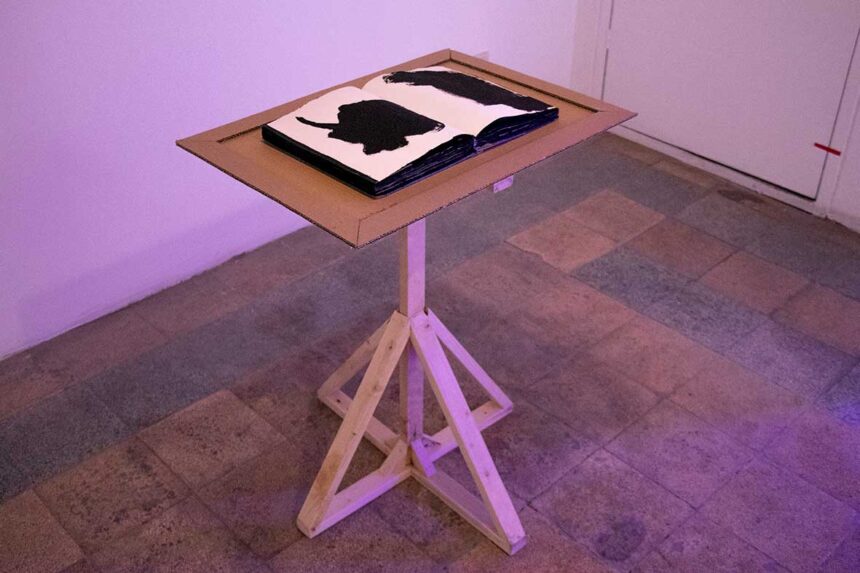

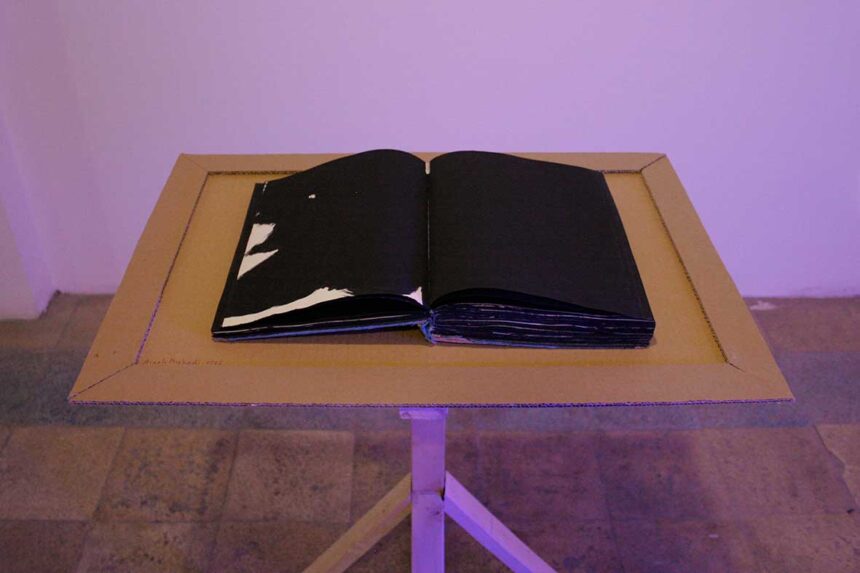
Bahareh Mirhadi
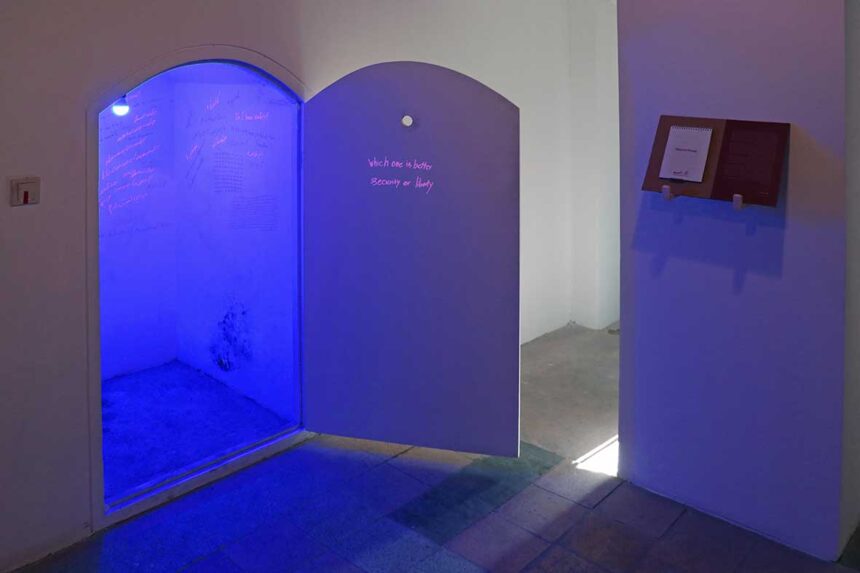
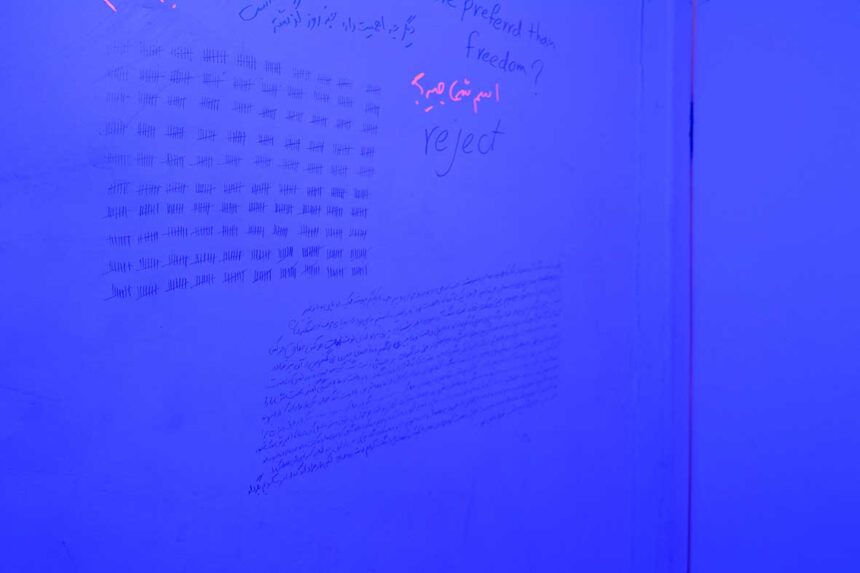
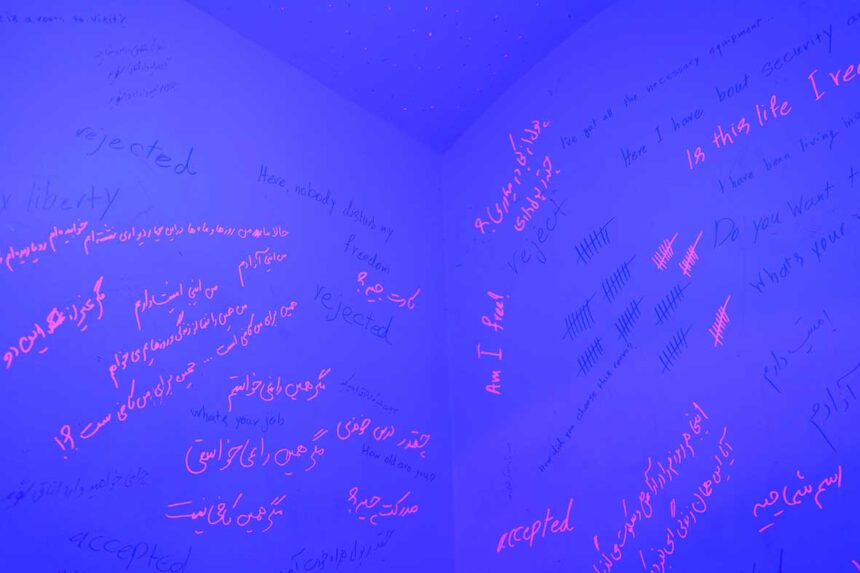
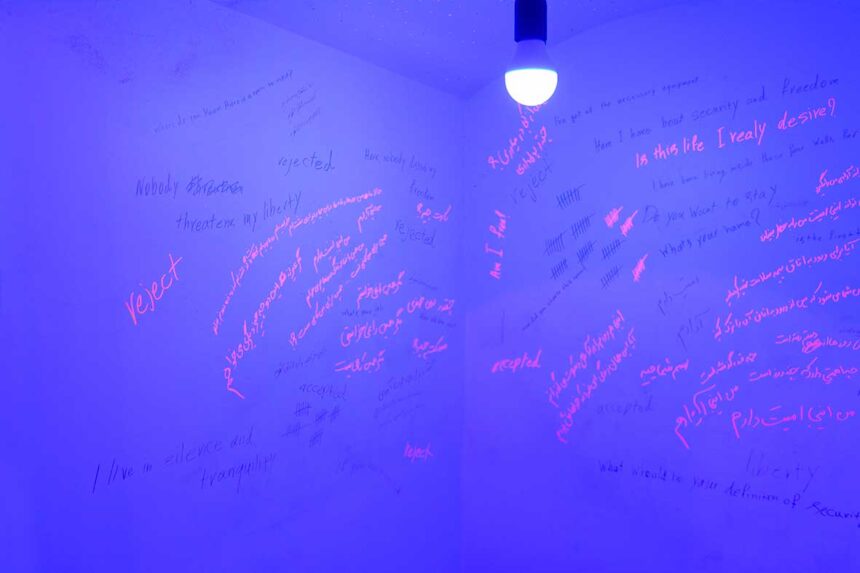

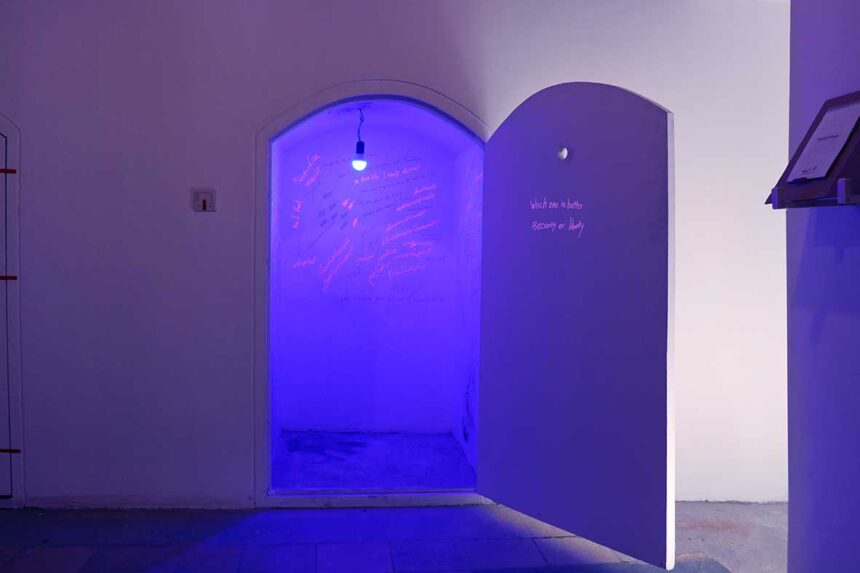
Ecuador/Equator
As a follow up to our project Better Safe and Sorry (2018), we aim to develop the project Ecuador/Equator. The project consists of the process of Malmö-based artist Bahareh Mirhadi (Sweden) and Tehran-based artist Arash Mirhadi (Iran) traveling to meet in Ecuador, South America, in order to be able to work together in one of the few places in the world that allows them to. I am applying only for my own travel costs.
My brother, Arash Mirhadi, was to come to Malmö for the sole purpose of sharing space and ideas within a Swedish context and reflecting upon this context in our collaboration. However, the Swedish Embassy in Tehran refused to grant Arash his visa for spending two months as an artist in residence in Malmö. Better safe and sorry, an installation, performance and talk(s), developed as a result of reflecting on the power and control that institutions exert. Distance and rejection became a method for our work – travel as a work of art, to be able to make art.
Ecuador/Equator is a process-based work that investigates ways of finding a common ground in the few fragmented spaces that still allow us a presence in them. South-American country Ecuador is one of only 12 (twelve) countries in the world not requiring a visa from Iranian citizens. Traveling that far, from Tehran and Malmö to Ecuador, is a way for us to examine and highlight who can and can not be an “international artist”.
We ask: what do distances mean, how are they embodied, how is transit granted to persons coming from countries deemed “a risk” to European soil? This is not a project about recreational travel. On the contrary, we see traveling to Ecuador/Equator as a project about the impossibility of a certain place, the impossibility of Malmö.
A country named after the Equator, home to the monument dedicated to an elusive line separating the South from the North, the colonized from the colonizers. We aim to focus a part of the project visiting the monument, creating artistic work in connection to it and to the idea of the Equator itself: dividing the world in two, the ultimate mental border, the one that probably is impossible to pass, separating cliches from exceptionalism.
As a follow up to our project Better safe and sorry (2018) we aim to develop the project Ecuador/Equator. The project consists of the process of Malmö-based artist Bahareh Mirhadi (Sweden) and Tehran-based artist Arash Mirhadi (Iran) traveling to meet in Ecuador, South America, in order to be able to work together in one of the few places in the world that allows them to. I am applying only for my own travel costs.
My brother, Arash Mirhadi, was to come to Malmö for the purpose of sharing space and ideas within a Swedish context, reflecting on this context in our collaboration. However, the Swedish Embassy in Tehran refused to grant his visa for spending two months as an artist in residence in Malmö. Better safe and sorry, an installation, performance and talk(s), developed as a result of reflecting on the power and control that institutions exert. Distance and rejection became a method for our work – travel as a work of art, to be able to make art.
Ecuador/Equator is a process-based work that investigates ways of finding a common ground in the few fragmented spaces that still allow us a presence in them. Ecuador is one of only twelve countries in the world not requiring a visa from Iranian citizens. Traveling that far, from Tehran and Malmö to Ecuador, is a way/detour for us to examine and highlight who can and can not be an “international artist”.
I ask: what do distances mean, how are they embodied, how is transit granted to persons coming from countries deemed “a risk” to Europe? This is not a project about recreational travel. On the contrary, we see traveling to Ecuador/Equator as a project about the impossibility of a certain place, the impossibility of Malmö.
Part of the project focuses on visiting the monument dedicated to the elusive line separating the South from the North, the colonized from the colonizers, working in connection to it and to the idea of the Equator itself: dividing the world in two, the ultimate mental border.
Mahshid Mahboubifar
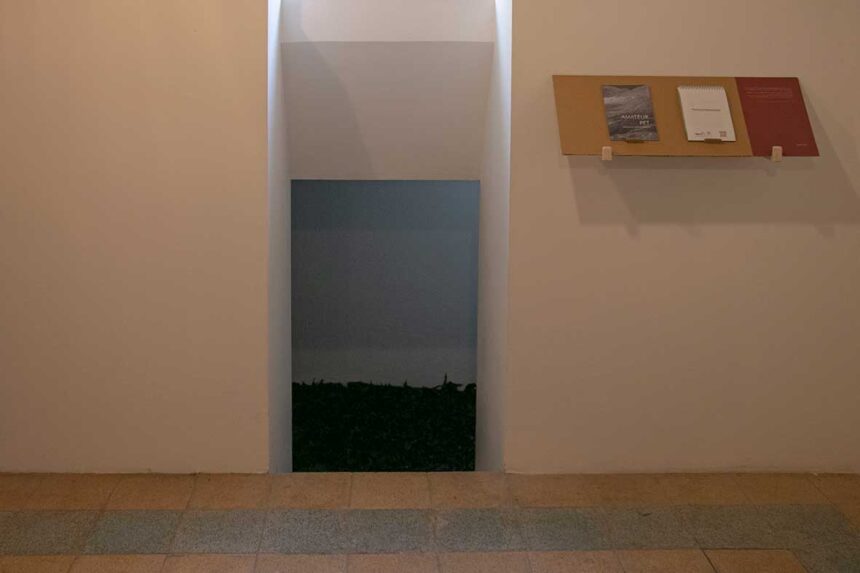
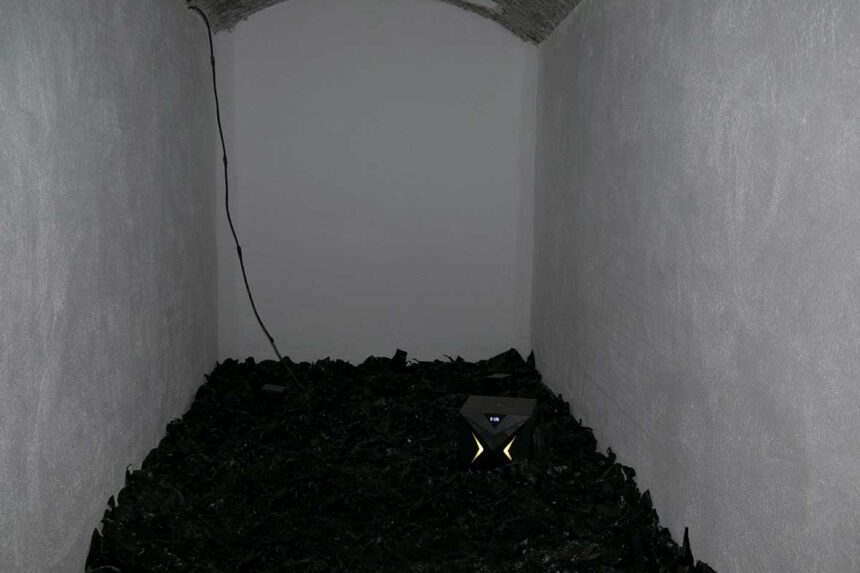
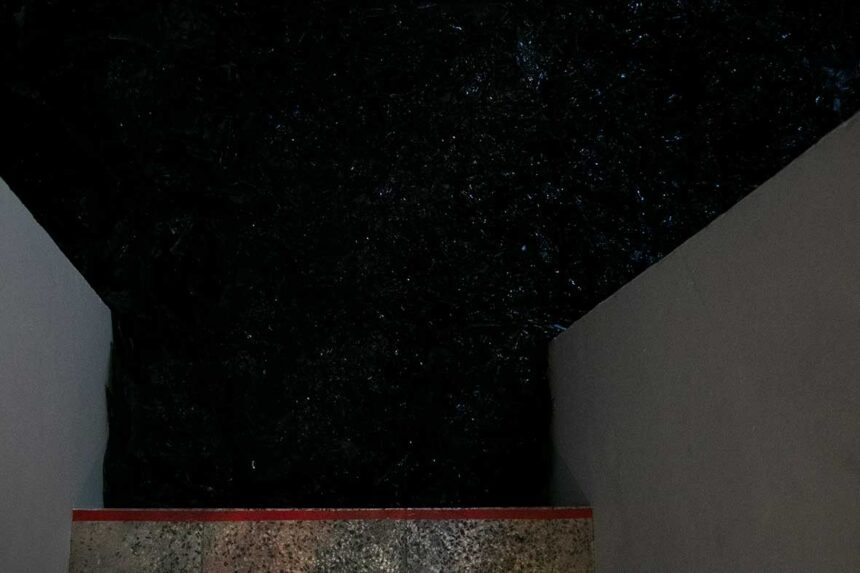
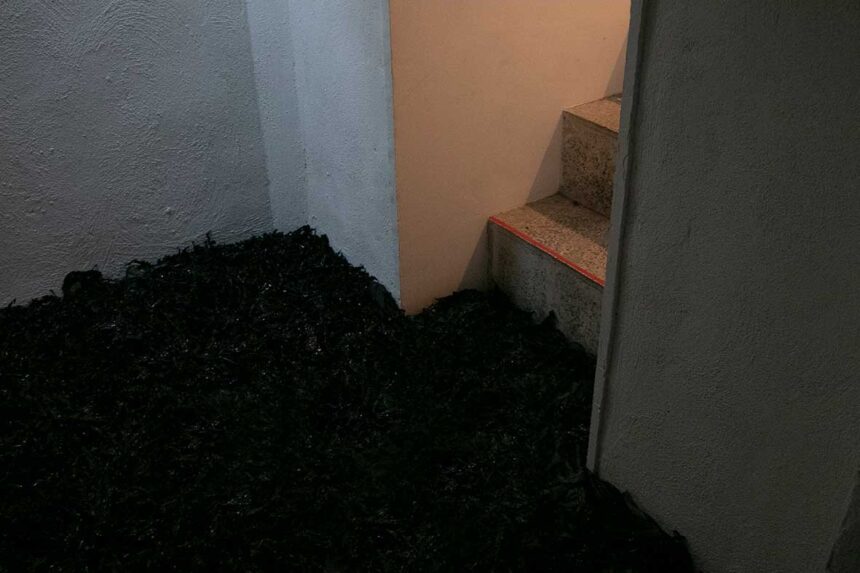
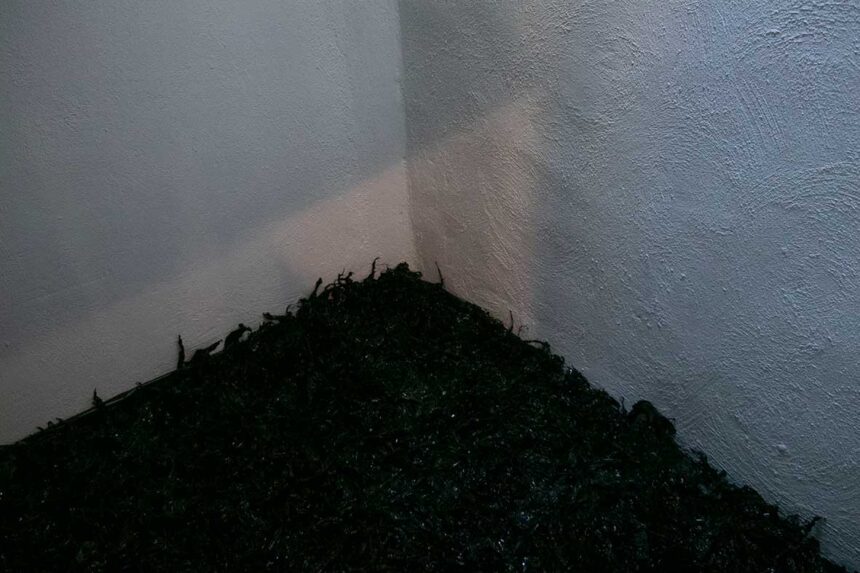
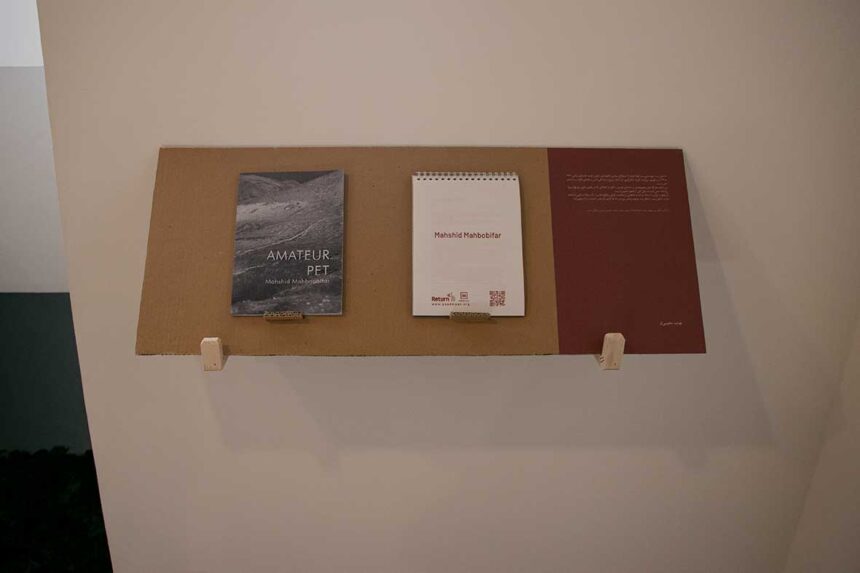
Amateur PET
Amateur PET is a time-based installation inspired by the political and economic term of the “oil curse”. This term refers to the paradoxical phenomenon that many oil-rich countries have deficits in sustainable economic growth and democracy. I come from one such country, Iran, and I have long been uneasy with this term.
Crude oil is a purely natural substance which has been existing before humans and was later discovered by them. A Curse is a nonphysical human-made concept, which, unlike oil, is not discovered but fabricated. The word is often used to describe an unbodied evil that causes misery, great harm, or misfortune.
Using the word “curse” in conjunction with the name of the material in the term “Oil Curse “seems to take the responsibility out of human hands and gives it to an unknown nonphysical entity. The combination of these two words, coming from the physical and the metaphysical world, makes the term quite uncanny.
In my installation, I depict the so-called oil curse as a seemingly living, but indefinable and alien creature. Its breathing rhythm follows OPEC oil prices from 1980 to 2020 in a 6-minute loop. The creature’s body is made of PET foil that constantly rustles with its movement, accompanying the monstrous breathing sounds.
Materials: PET film, cartons, micro-controllers, fans, historical OPEC oil price data, video 1:41 minutes
Nima Bahrehmand
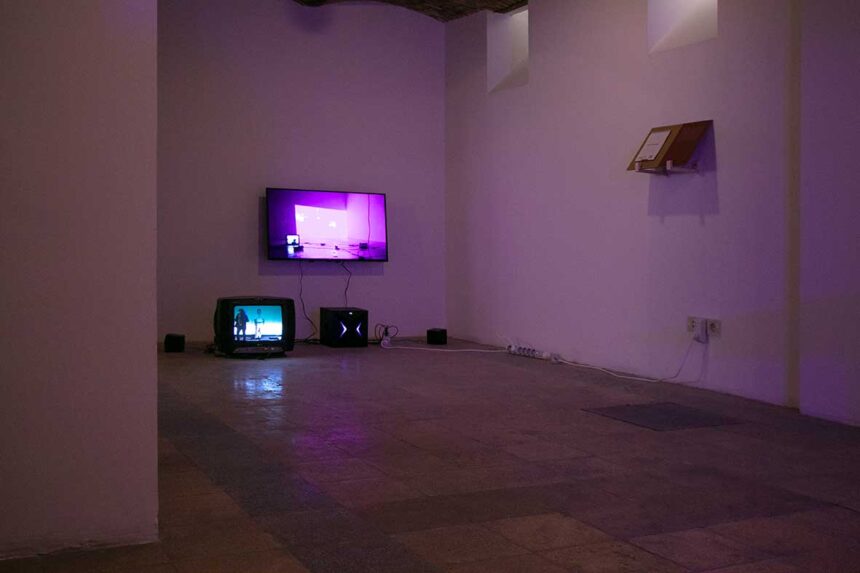
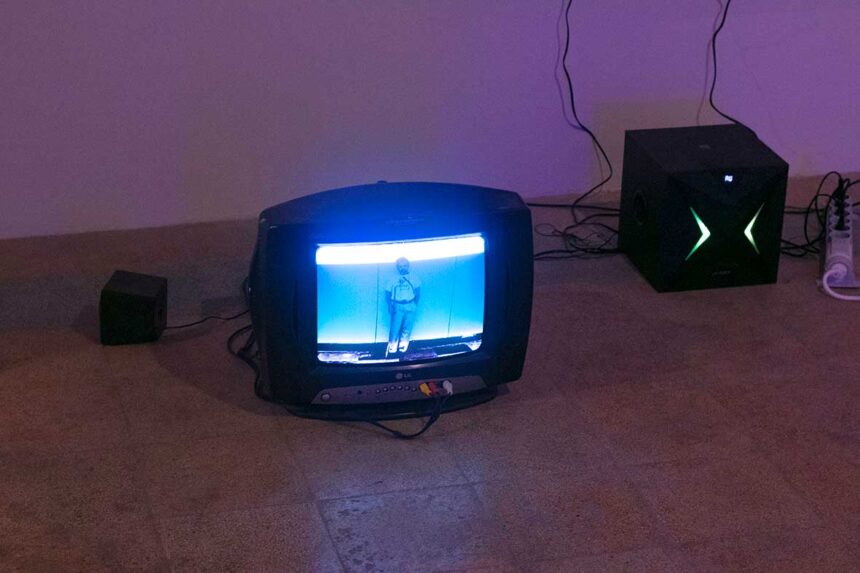
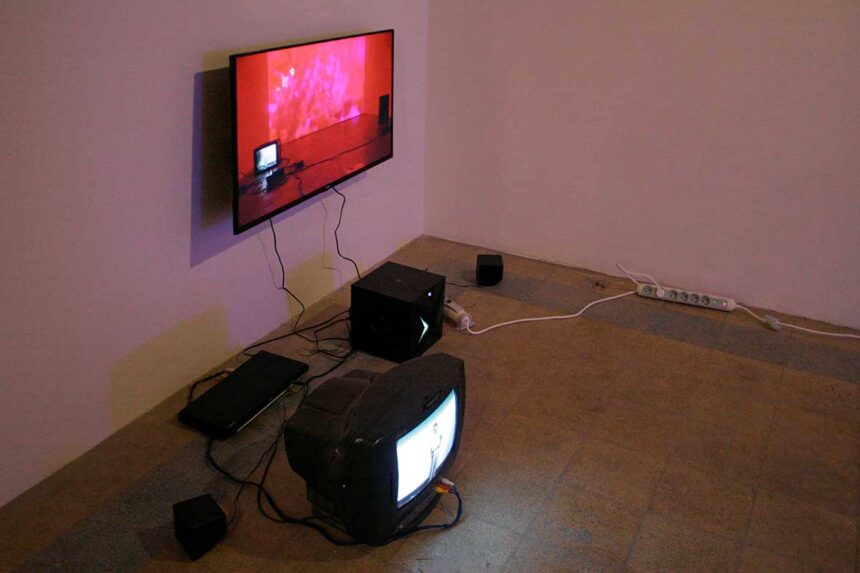
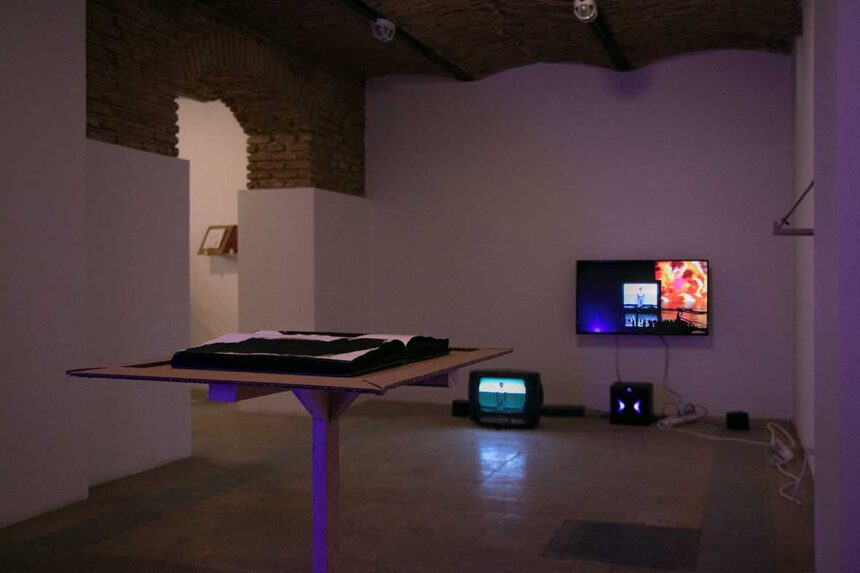
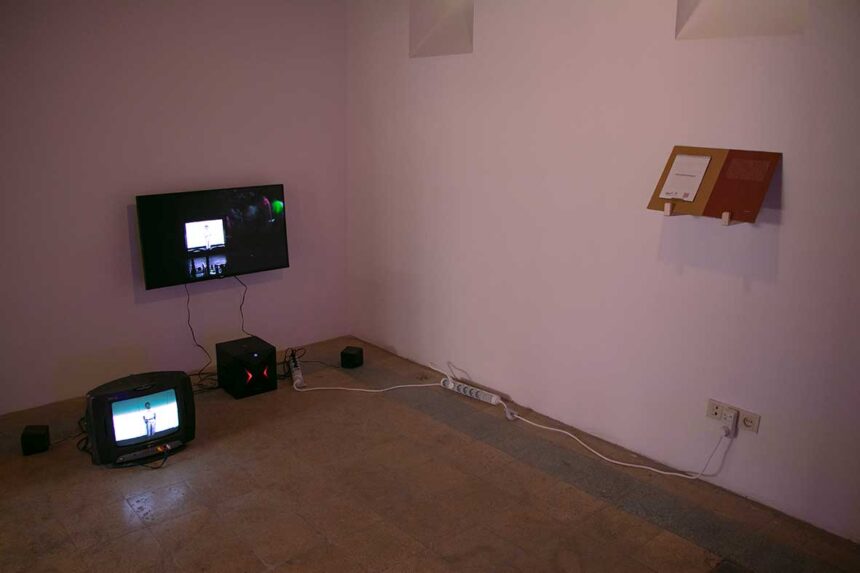
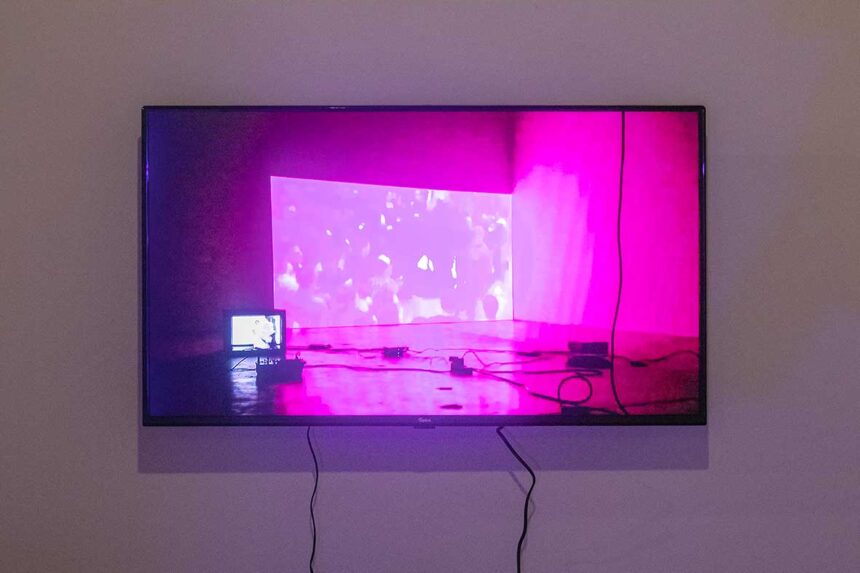
off incongruity (harmony)
Exhibited at the Open Studios event at the Department of Art and Art History, the University of Texas at Austin. November 2018.
off incongruity (harmony) focuses on the relationship between two images that have no immediate visual connection. After a few moments, connections are made through contradictions and similarities. The channels are different colors and sizes, but both share the existence of the human body as a symbol of resistance. On one channel projected on the wall, you see a video montage of 4000 frames of photographs taken in an hour. In each frame, an old man sitting in his wheelchair is surrounded by dancing bodies. The other channel, shown on a Sony PVM television, is a black and white video of a blind man trying to get the attention of passersby around him by tapping his cane. The rhythm of the tapping occasionally syncs up with the frame rate of the other channel. Discovering the underlying behaviors in a given society, investigating how these mechanisms link members of society and portraying this relationship is one of the key elements in this project.
Rouzbeh Akhbari
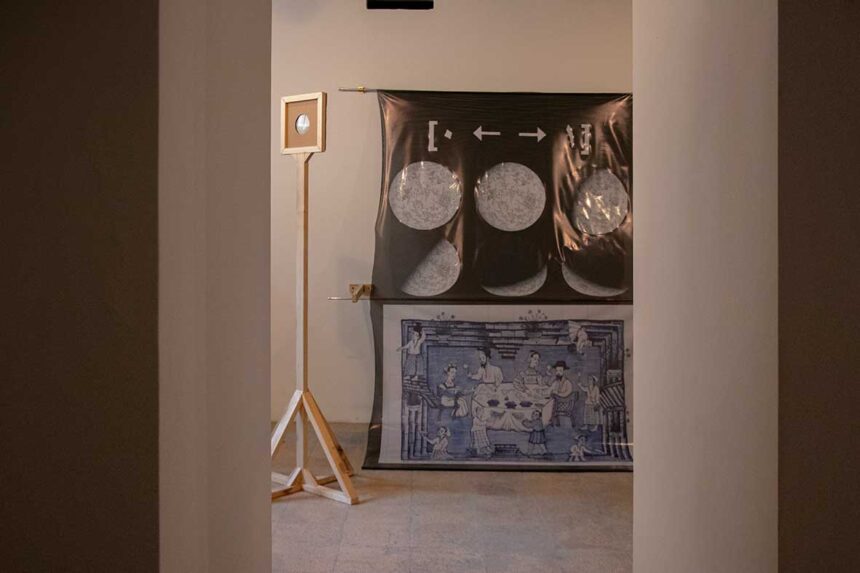
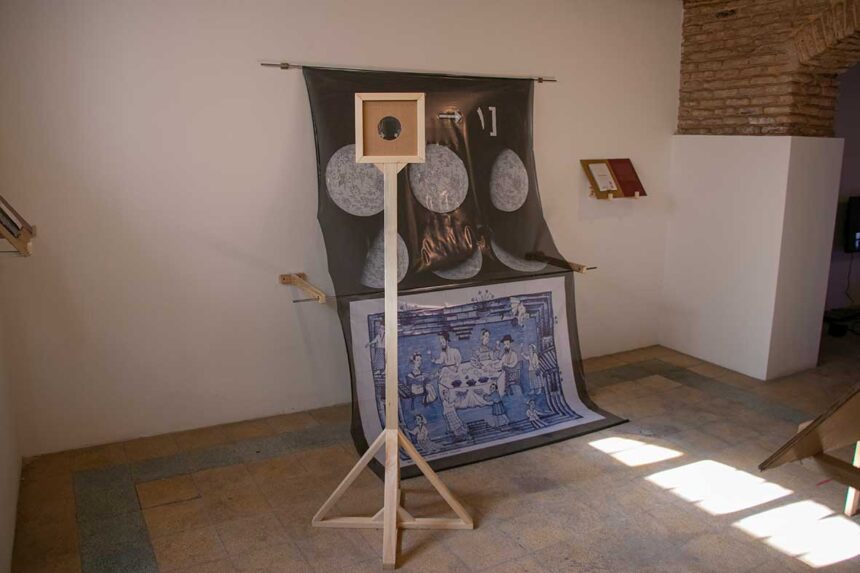
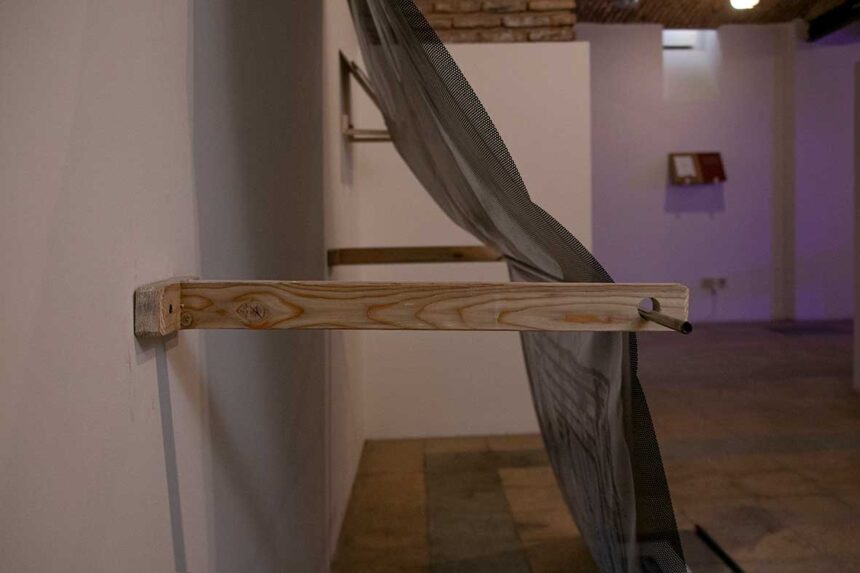
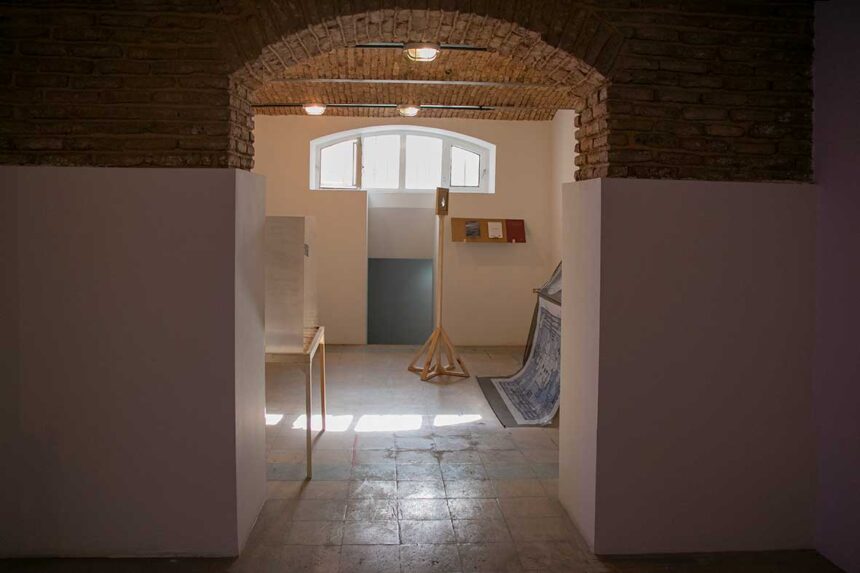
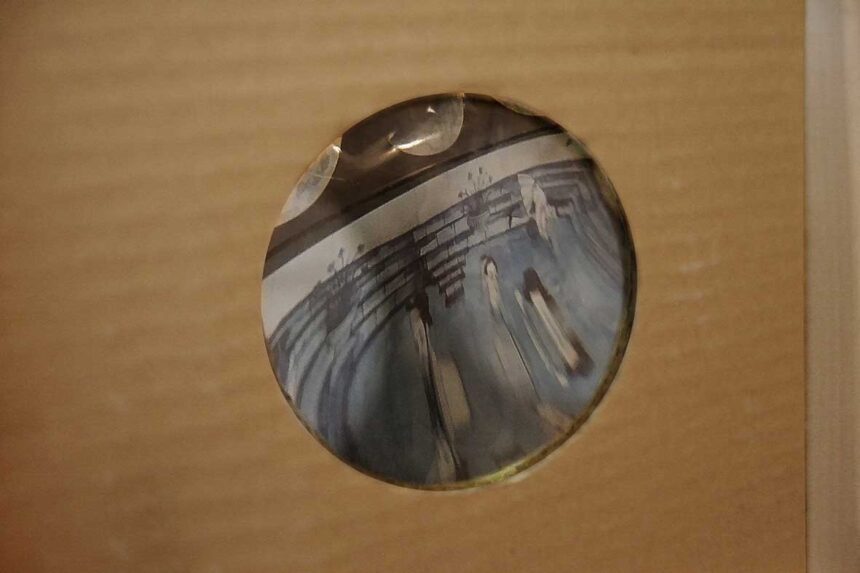
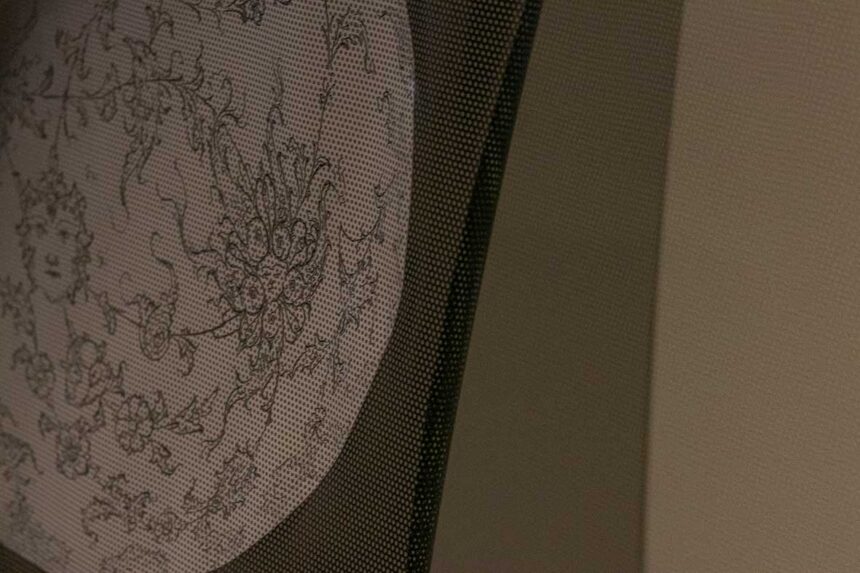
Sahar Te

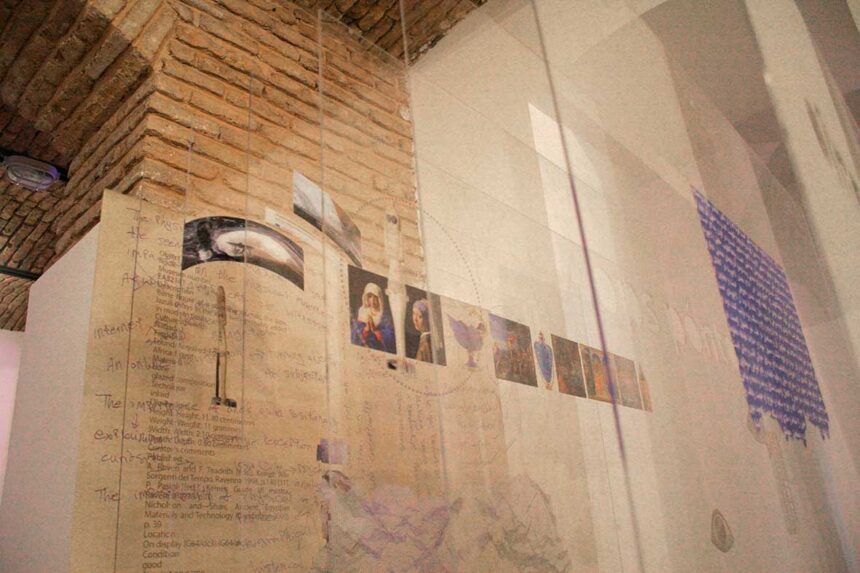

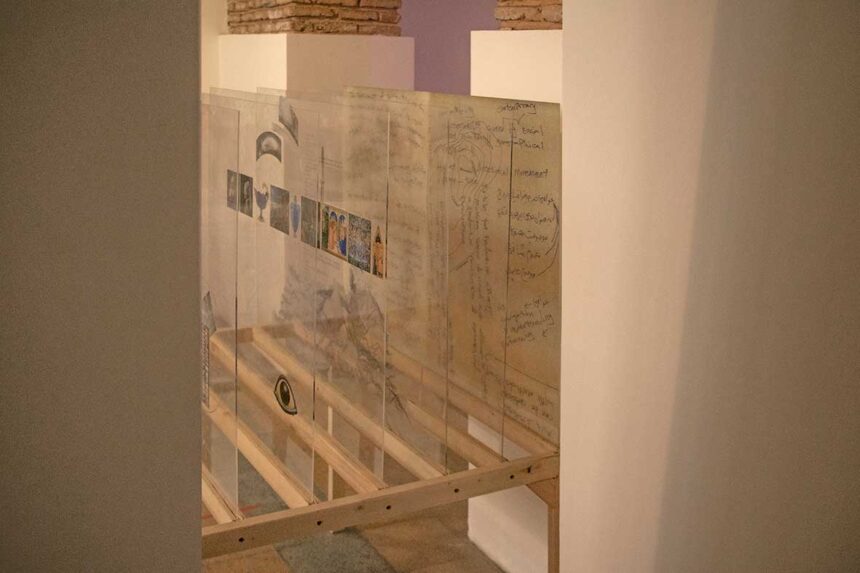

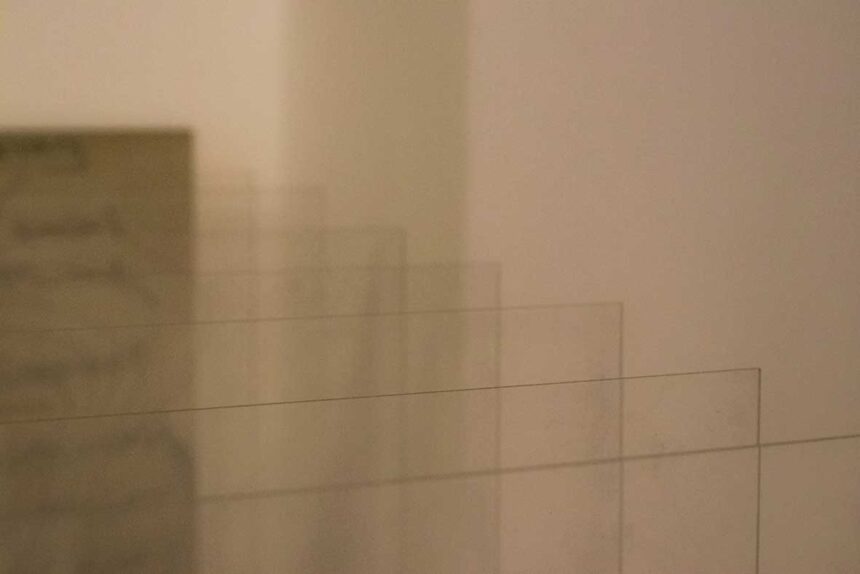
A Futile Navigation of the True Blue
A Futile Navigation of the True Blue is an attempt to capture, document, and understand my own process of creating an art project. The project initially started as a wandering around the geopolitics and the history of the colour blue through multiple disciplines one could approach a situation.
Through documenting my process and creating this initially planned to be a mind map, I started to question my own process. It then led to a phytogeographical path of what I approached beyond a colour or an essence. The map itself started to become the centre of my attention while the art project was pushed to the peripheral corners of my attention. The deeper I went, the less I gained from the process and therefore started an absurd excavation of multilayered forms of the process of making sense, itself.
From pages and pages and multiple scribbled physical and digital maps, I better not explain how or why what we see is the way it is. The attempt to trace became rather untraceable.
This is a futile navigation of the true blue and it pushes the absurdity of mapping to its maximum.

